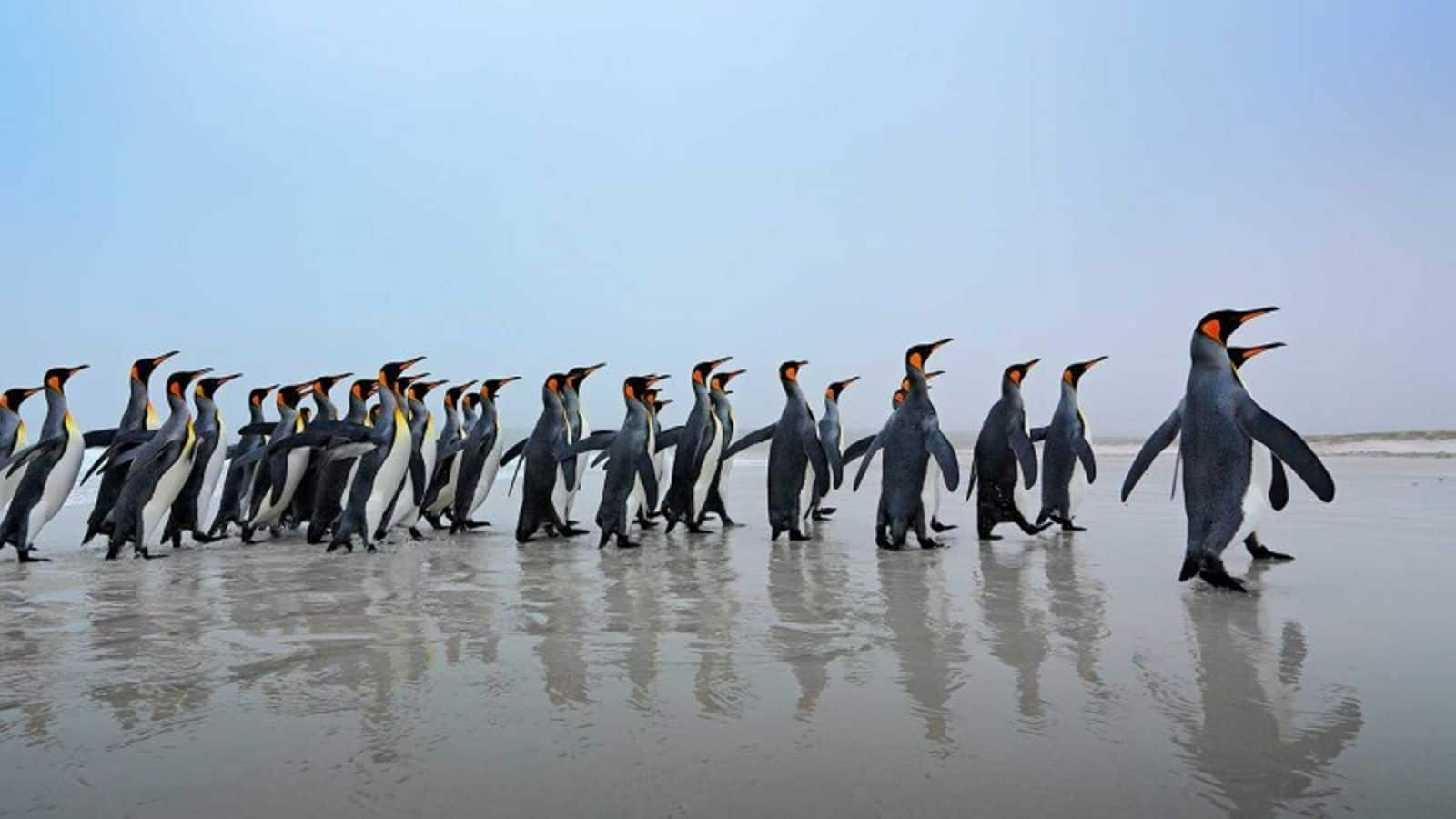
Unforgettable penguin-watching in the Falkland Islands
What's the story
The Falkland Islands, a remote and stunning archipelago in the South Atlantic, offer one of the most extraordinary wildlife experiences on the planet. Known for its rugged terrain and pristine beaches, it's a haven for nature lovers. The highlight of any visit here is undoubtedly the opportunity to watch various species of penguins in their natural habitat.
Timing
Plan your visit to penguin hotspots
Timing is crucial for an unforgettable penguin-watching experience in the Falklands. The optimal period to observe these enchanting birds is from October to March, when they come ashore for breeding. This season offers visitors a unique opportunity to witness a full range of penguin activities, from courtship rituals and egg-laying to the rearing of chicks, allowing for close observation of their fascinating behaviors.
Location
Choose your penguin colony
The Falkland Islands host five penguin species: king, gentoo, rockhopper, Magellanic and macaroni. Volunteer Point is renowned for its significant king penguin colony. Saunders Island allows visitors to observe rockhoppers, gentoos, and kings together. For those interested in Magellanic penguins, Sea Lion Island is an ideal spot. Each location offers a distinct and memorable penguin-watching experience.
Conservation
Respect wildlife guidelines
While visiting these incredible creatures, it's vital to follow guidelines set by conservationists. Keep a respectful distance from the penguins and their nests (usually at least six meters), avoid making loud noises or sudden movements that could disturb them, and always stay on marked paths. These practices ensure that we can continue enjoying these moments without harming the wildlife.
Photography
Capture memories without disturbance
Photographing penguins can be an enriching part of your visit but remember to do so responsibly. Use long lenses to keep your distance, never try to feed or touch the animals, and avoid using flash as it can startle them. By respecting their space, you'll likely get more natural shots of these fascinating birds going about their daily lives.